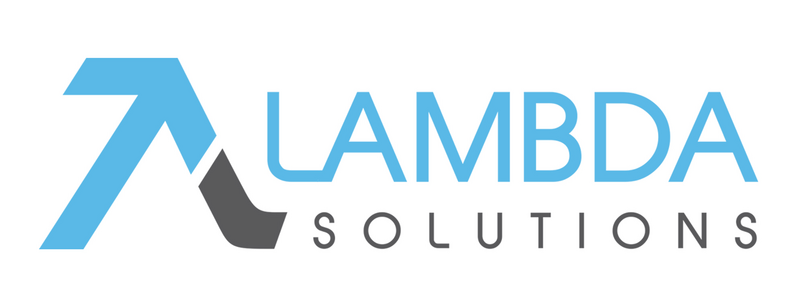Professional Partner Content
5 Keys to Maintain a Successful LMS After Implementation
Published Tue Sep 25 2018
Implementing a learning management system (LMS) is the first step of a journey that will place learning and development at the core of your corporate culture. You can get the most out of your new LMS by developing a strategy that will connect this platform with different processes such as compliance and recruitment.
Let’s explore how you can leverage your LMS and turn it into a powerful tool that will help your organization achieve its goals.
1. Establish Governance
Establishing governance of your LMS is crucial. You should have a person or a team in charge of the LMS implementation process and of overseeing how the new learning programs will be connected to your other processes.
This person or team should possess a solid knowledge of learning management platforms, but you can also get assistance from third-party vendors. Governance of the learning material is also important, and you should have a process in place to develop, review, and update new content as needed.
2. Evaluate Your LMS
You should evaluate your learning infrastructure regularly to make sure it is still a good match for your needs. Are you using the right tools to deliver learning materials? Is your LMS delivering an optimal learning experience to new hires?
Analytics are a valuable tool to assess if your LMS is still adapted to your needs, for instance, tracking abandonment rates and performances. It is also important to collect feedback from learners.
3. Connect Learning With Doing
Learning experiences should have a connection to what employees do at work. You shouldn't approach your LMS as a separate workflow from job duties, customer service, and other areas impacted by learning and development. Ideally, your training programs should include some hands-on experiences directly connected to these processes.
You can also connect workplace performance with your LMS by delivering training material tailored to the strengths and weaknesses of each employee as identified in the job performance.
5. Set Goals and Track Results
Your LMS needs to be aligned with your business goals. You should set goals for your e-learning programs and determine how you will keep track of the progress. Setting goals for your LMS will help you measure the impact of your learning programs.
They will also guide how you develop training materials that would help you achieve business goals such as improving quality, delivering more consistent customer service, or eliminating safety-related incidents.

